Be prepared, read up, team up, trust your gut and advocate

Separate school lunch tables. No sharing treats. Worries about … well, dying if the wrong food is eaten. Living with a peanut allergy adds an undeniable difficulty to childhood and life in general.
Advertisement
Cleveland Clinic is a non-profit academic medical center. Advertising on our site helps support our mission. We do not endorse non-Cleveland Clinic products or services. Policy
But if your child has a peanut allergy, know that there are ways for them to safely navigate the world and avoid the legume of doom, says allergist Jaclyn Bjelac, MD.
“We respect all food allergies,” says Dr. Bjelac, “but we don’t want parents to be afraid.”
Thankfully, fatal food allergy reactions remain relatively uncommon. In fact, researchers found that a person with a food allergy dying from that allergy is rarer than an accidental death within the overall population.
Still, precautions need to be taken. Here’s how your child can live safely with a peanut allergy.
A peanut allergy is an ultimate irony: Your child’s immune system mistakenly thinks peanuts are dangerous. As a defense, it overreacts to the point where eating peanuts becomes dangerous.
Peanuts are one of the nine major food allergens that most frequently cause reactions. A really big concern? The number of children with peanut allergies has been trending higher for decades.
In 1997, an estimated 1 out of 250 children (0.4% of kids) had a peanut allergy. Two decades later, researchers put the number at 1 in 40 children (2.5% of kids).
“Peanut allergies tend to persist into adulthood, as less than 20% of kids will outgrow a peanut allergy,” says Dr. Bjelac. “And if you empower yourself with the right information, a peanut allergy will not prevent having a great quality of life.”
Advertisement
Dr. Bjelac recommends these four steps to protect your child from the unthinkable — while avoiding a police state in the process:
Avoiding food allergens such as peanuts means knowing where they are — which is why reading labels must become a habit for any food product.
In the United States, peanuts are among the nine major food allergens that must be specifically declared on labels. They’re often identified following the word CONTAINS after the list of ingredients.
“The most important tenet of food allergy management is reading every label every time,” says Dr. Bjelac. “Never assume a product is safe, even if you’ve had it before. Ingredients can change.”
Other major allergens that must be declared on labels include milk, eggs, fish, shellfish, tree nuts, wheat, soybeans and sesame. These foods account for more than 90% of allergic reactions.
A prescribed medication known as epinephrine is the first line of defense if your child experiences anaphylaxis, or a severe allergic reaction, to a food allergen.
Anyone with a severe food allergy should ALWAYS carry an epinephrine auto-injector, most commonly known by the brand name EpiPen®. (The National Institute of Allergy and Infectious Diseases even recommends that at-risk people have access to two doses.)
“The hope is you never have to use it, but epinephrine needs to go wherever your child goes,” advises Dr. Bjelac. “If you ever need it, you don’t want you to wish that you had it.”
Concerning symptoms of a severe allergic reaction that warrant the use of epinephrine include:
It’s essential to administer epinephrine quickly when an allergic reaction begins, stresses Dr. Bjelac. The medicine works as an adrenaline boost that helps your body put the brakes on an out-of-control allergic response. (Learn more about how to administer epinephrine.)
Always seek immediate medical care after using epinephrine, too, as symptoms can return.
An allergist can help you figure out how to understand and manage a food allergy, often through the creation of a food allergy action plan. “Parents of a child with a food allergy should feel empowered after a visit to an allergy specialist,” says Dr. Bjelac.
An allergy doctor can also tell you if your child is a good candidate for immunotherapy to treat their allergy. Immunotherapy introduces tiny doses of an allergen to desensitize their immune system to it.
Advertisement
The goal is to create at least “bite-proof” tolerance to guard against a severe reaction to accidental consumption of their allergen. But some people eventually are able to consume small serving sizes of the food.
Types of allergy treatment to build tolerance include:
Approximately 1 in 5 children with peanut allergies currently outgrow the allergy. Given the successes of allergy treatment programs, there’s hope those numbers will improve to 4 in 5 children.
Despite peanut allergies (and other food allergies) becoming much more common, many lack a true understanding of the condition. (Some children even get bullied over food allergies.) It seems it’s just hard for some to see a little ol’ peanut as life-threatening.
Advertisement
“Despite increasing awareness, there are still people who don’t take food allergies seriously,” states Dr. Bjelac.
The solution? Talk about the food allergy and ask questions to ensure food is safe. Learn how to advocate for your child — and teach them to advocate for themselves — when eating away from home.
Research shows that nearly half of all fatal food reactions typically can be traced to food from a restaurant or food service vendor, according to the U.S. Centers for Disease Control and Prevention (CDC).
“There are so many layers of complexity when you have a food allergy,” adds Dr. Bjelac. “Ask questions and be clear about food allergies when you’re out. In the end, it’s all about finding ways to keep people safe without them feeling isolated.”
Guessing whether a food is safe to eat is not a wise choice with a food allergy. Pass on meals or food where you don’t get enough information about ingredients or if you don’t feel confident about what you’re hearing.
“If you get the feeling something isn’t right, don’t ignore it,” advises Dr. Bjelac.
Treatment options for peanut and other food allergies continue to improve, but there’s still no definitive “cure” in place. Avoidance of food allergens remains the best way to avoid an adverse reaction.
Advertisement
“But hopefully, one day soon, we’ll have more options to improve safety and relieve the burden shouldered by families and children with peanut and other food allergies,” says Dr. Bjelac. “We’re all looking forward to that day.
Learn more about our editorial process.
Advertisement
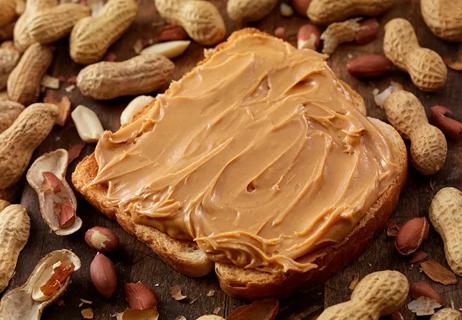
New treatment offers hope for outgrowing the life-threatening condition

More than 90% of allergic reactions can be linked to these foods
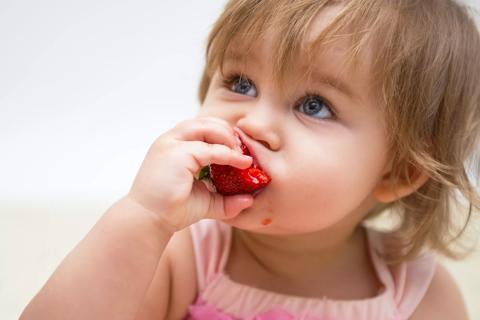
It’s likely a short-term sensitivity (not an allergy) to acidic foods
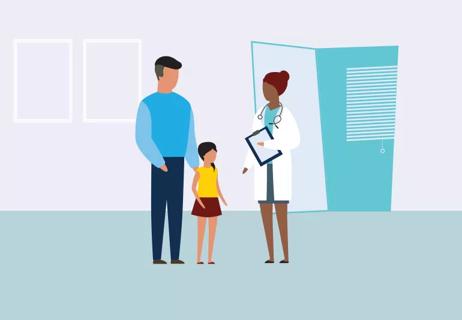
Try foods first to see if your child has a reaction

Symptoms can be similar, but affect your body in distinct ways
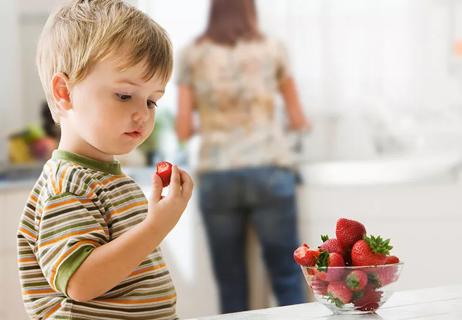
The short answer from a pediatric allergist/immunologist
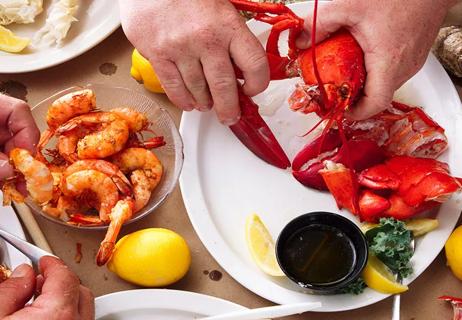
Shellfish is the top food allergen in adults

Jaundice that’s present at birth or lasts more than a week should be evaluated by a pediatrician

If you’re feeling short of breath, sleep can be tough — propping yourself up or sleeping on your side may help

If you fear the unknown or find yourself needing reassurance often, you may identify with this attachment style

If you’re looking to boost your gut health, it’s better to get fiber from whole foods